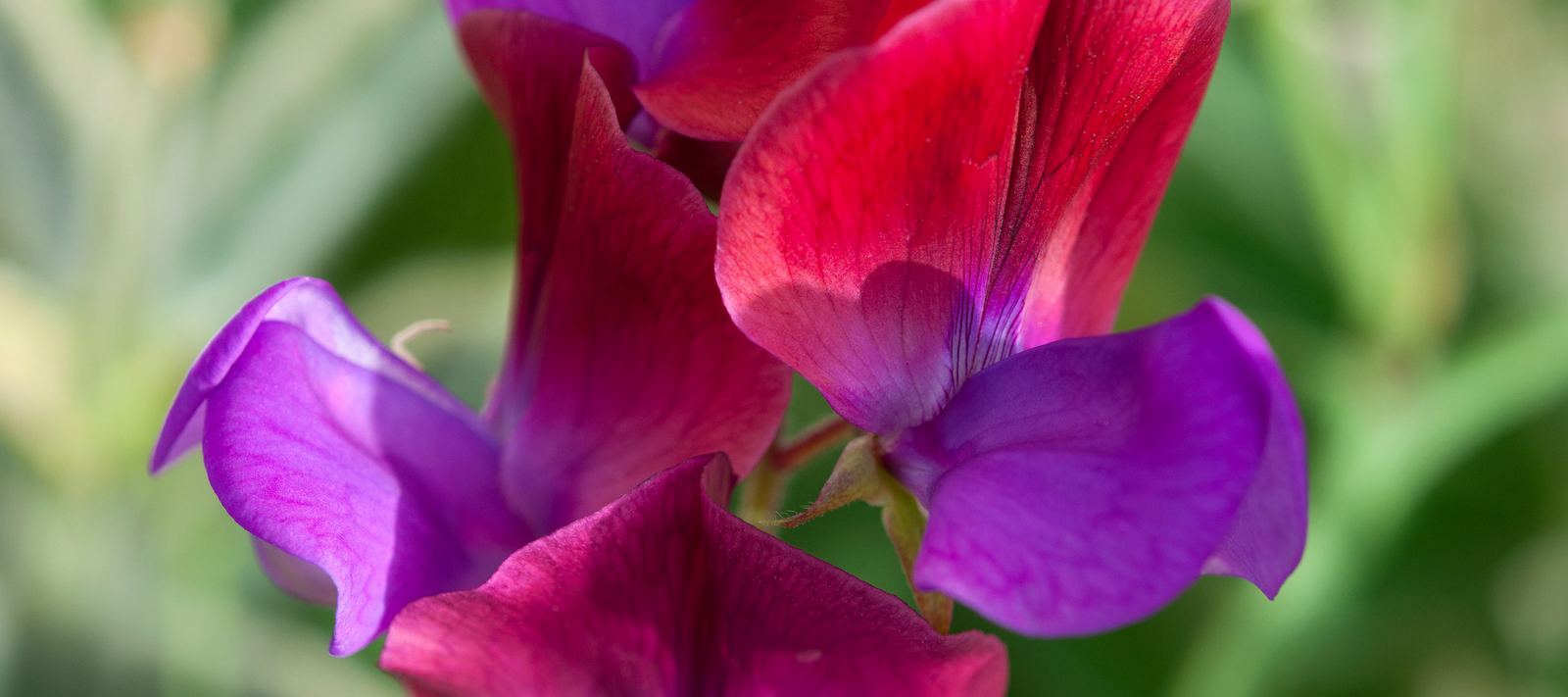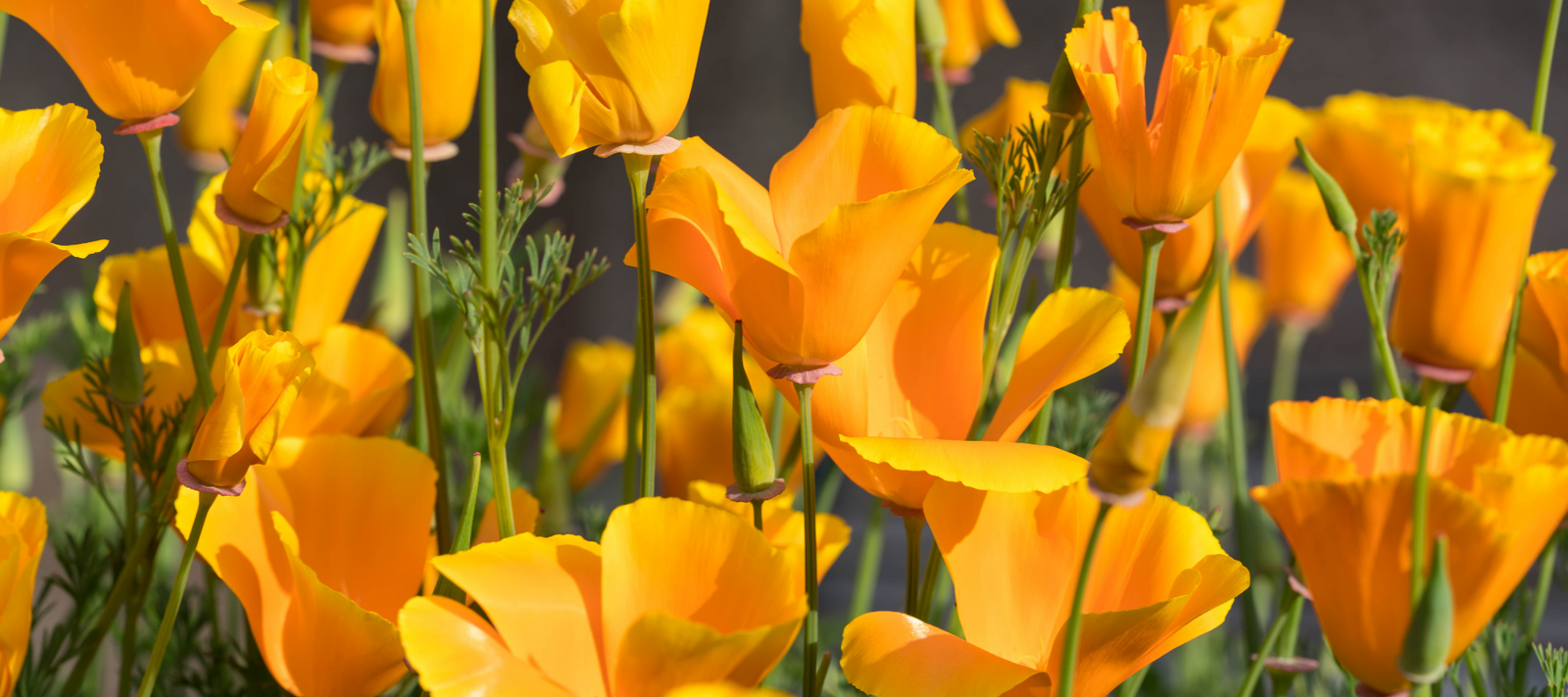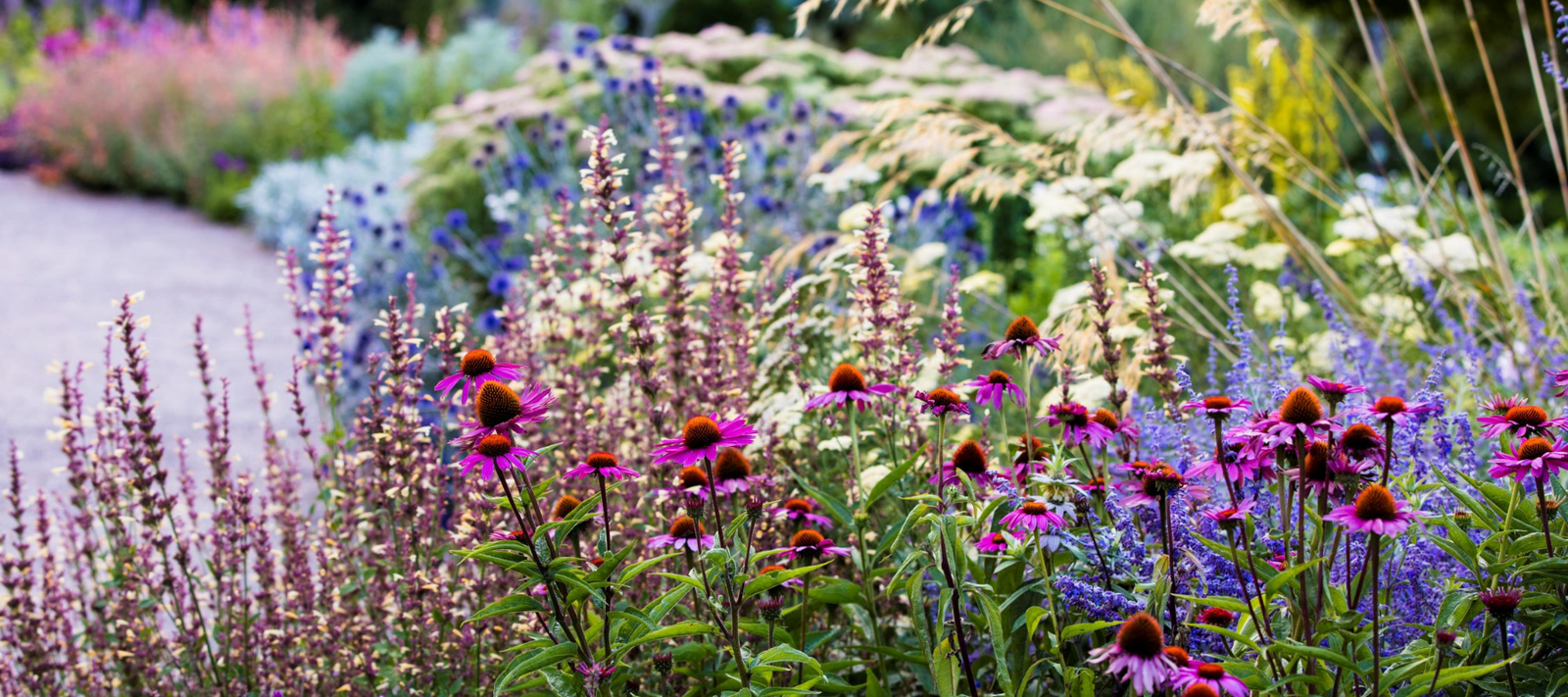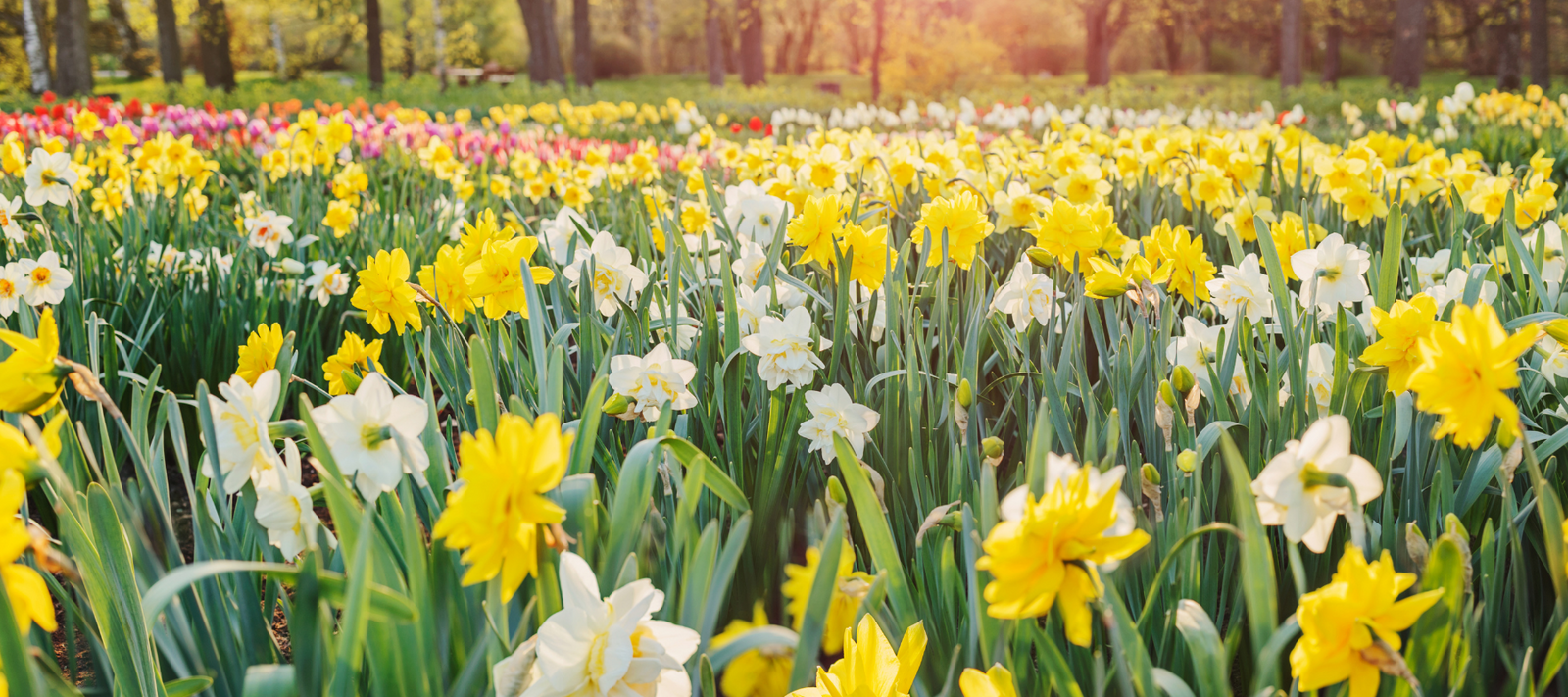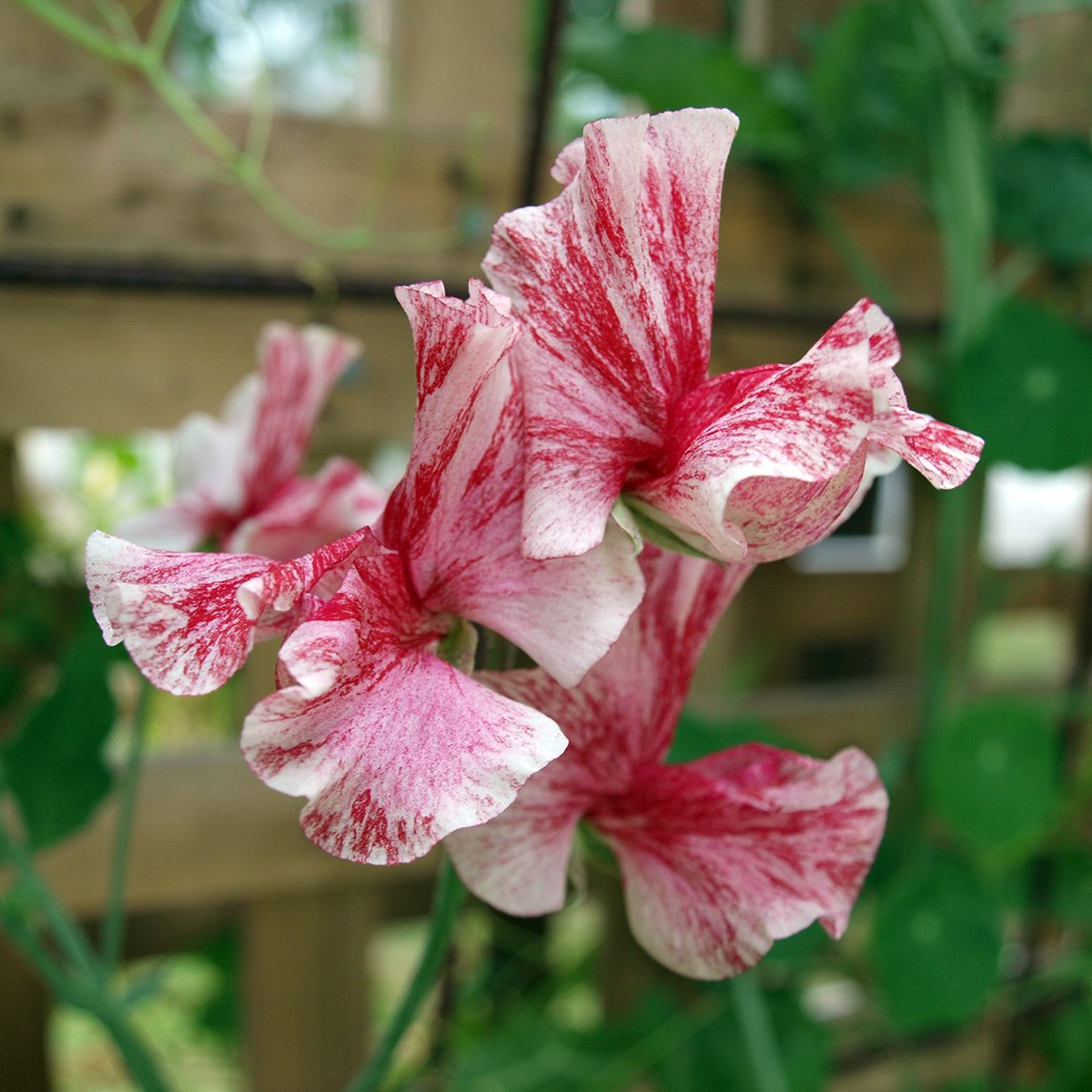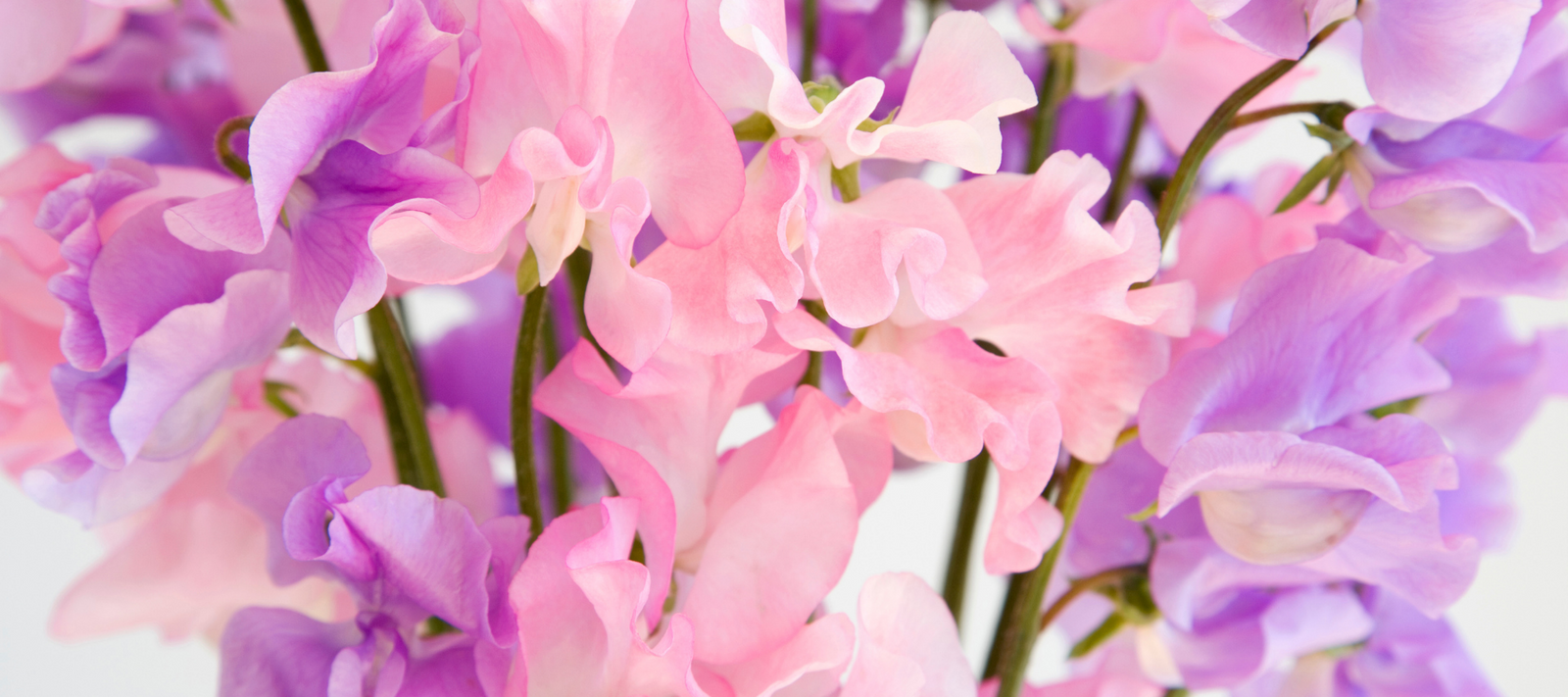
Sweet Peas (Lathyrus odoratus) are somehow ingrained in our cultural psyche. Sweet Pea is well recognised and appreciated by gardeners and non gardeners alike. The sweet scent and myriad of colours of Sweet Peas have meant that even those who have little interest in gardens have had some experience of the romance of this horticultural jewel.
Sweet peas are such a magical annual climber that can squeeze in almost any position where there are sunshine and something to scramble up and support the climber. Native to the Mediterranean region, they are the most sweetly fragrant of all climbers and are available in a wide array of enchanting colour combinations. There are 215 species within the genus Lathyrus including ornamental perennials and annuals and are part of the Fabaceae family. Here, we shall concentrate on the annual species odoratus, commonly and affectionately known as the Sweet pea, not to be confused with the edible pea genus Pisium, which is entirely different.
The annual sweet pea has distinctive winged stems and leaves consisting of a pair of ovate-elliptic leaflets, 5-6 cm long in mid to light green, growing anywhere from 60cm to 2.5m depending on the variety. Their flowers are produced on a raceme of between 2-8 fragrant flowers to 3.5cm wide in colours from white through pink, lilac, blue, purple, magenta and burgundy and are often bi-coloured.
Sweet peas are not Edible
Sweet Pea (Lathyrus odoratus) are not edible and are poisonous if ingested. They are an entirely different genus to edible green peas (Pisium sativum).
Sweet Pea Cultivation
Sweet Peas are most commonly sown in Autumn and Spring, depending on where you are in Australia. Sweet Peas like a sunny open spot in the garden, and their roots need access to some soil moisture in the warmer weather so that occasional watering will prolong flowering.
Traditionally it is thought to plant them on St Patrick's day, which works well in most areas. Still, successive sowings throughout Spring and Autumn in many areas increases the opportunity to have this delightful climber gracing our gardens for longer. The discussions around day length can be confusing, but in a nutshell, to maximise your Sweet Pea displays, try sowing lengthy and short-day varieties in both Autumn and Spring as their lead times to flower will vary. Planting both day length varieties extends the flowering time in the garden. Incredible results can be achieved when sowing successive plantings over the seasons appropriate for your zone.
If Winter is likely to produce a frost below 5 degrees Celsius, it is better to sow them indoors 6-8 weeks before last hard frosts are predicted. Seed t in this situation in a bright, warm spot such as a window sill. Using a heat mat to create bottom heat is unnecessary. Once seeds germinate, seedlings should be moved to a cold greenhouse to prevent plants from becoming leggy. Give them as much light as possible.
In cool and temperate climates, sow both varieties throughout Autumn and Spring, but include planting a Short day length variety in March and planting of a variety of Long day in November to maximise flowering time.
Advice for and against soaking seed abounds! Some groups like the National Sweet Pea Society UK recommend it and other breeders, like NZ expert Keith Hammett, saying it is unnecessary where the seed is hand-harvested. It appears to come down to how hard the seed coat has become, which will vary depending on harvesting and storage conditions and is difficult to determine for most people.
A good rule of thumb is to be aware that seed should generally germinate within 14 days under the right conditions.
If germination is not achieved when all other recommendations are being met, soaking the seed in a weak seaweed solution overnight may assist.
Soil Preparation for Sweet Peas
Sweet Peas will grow in any soil but will perform best in a rich and friable loam. Heavy clay or structure-less sandy soil can be made suitable by the addition of ample organic matter. As with all peas, Sweet Peas don't like acid soil, so if you have a pH under 7, it would be a good idea to add some hydrated lime before sowing.
Sowing Sweet Pea Seeds
Sweet Peas can be sown indoors in trays for transplanting out or direct-sown in the ground. Our experience is that direct sowing works very well for the spring and summer sowings (provided the seeds are kept constantly moist until germinated), and indoor sowing will get the May sowing up quickly and increase the success rate. With all sowings, particularly the cool season sowings, protecting the young seedlings from snails is vital.
Direct Sowing
Sweet Peas prefer a neutral soil of around pH 6.5 in a full sun position once soil temperatures reach 12-18 degrees Celsius. Prepare the area to be planted by removing all weeds and digging the soil until a fine tilth is achieved. Sweet Peas are heavy feeders, so benefit from enriched soil with well-rooted compost and pelleted fertiliser with a higher Potassium and Phosphorus content to promote flowering. Mix through all additions thoroughly and ensure the area is moist but well-drained. Sow a couple of seeds 1cm deep at 50cm (you can plant them closer, but this lowers airflow around the plant and may make them more susceptible to disease) intervals and cover loosely with soil. Keep the area moist but not wet enough to rot the seed. If more than one plant emerges from each site, remove the weakest looking one.
Sweet Peas love a drink so ensure a dripper system is installed to avoid promoting fungal infections with overhead watering and keep them looking fabulous well into the warmer months.
Sowing in Punnets
This method is recommended for Spring sowings as losses to pests are great at this time, and punnets allow greater control of vermin.
Ideally, sow seeds in individual cells in a moistened free-draining seed raising mix. Root trainer pots are ideal (10cm deep) as Sweet pea develop abundant roots, and you don't have to untangle them as so often happens in a communal punnet. Cover them with 1cm of moist compost and keep moist but not wet. Germination occurs best at 12-18 degrees Celsius, so does not need bottom heat and can take up to 2 weeks. A propagation lid can speed up germination and help prevent drying out. Place your pots in a bright spot with lots of natural light.
Pot seedlings on or plant out as soon as they are about 5cm tall by lowering undisturbed root ball into the prepared hole and gently but firmly backfilling around the roots to ensure good soil contact with the roots. Water gently with a weak seaweed solution.
Spring sown plants benefit from having the primary stem's growing tips pinched off after two leaves have been produced to encourage a bushier plant.
Autumn sown plants will naturally produce side shoots naturally, but the sniped primary stem can be removed before planting.
Trellising and Supporting Sweet Peas
Sweet Peas attach readily to any open structure that they can get their tendrils around, from simple wire fencing to cane tepees and elaborate arbours and latticework. It is essential to set up any support before sowing or transplanting to avoid damaging the young seedlings as they establish. Detailed techniques are recommended for those growing for exhibition and flower show by home gardeners you will get abundant flowers grom regular deadheading and providing support for the climber.
Cordon Growing
Cordon Growing is a popular method used by growers for the cut flower trade for growing Sweet Peas and involves training plants up a vertical string, wire, cane or netting and can easily be adapted in the home garden. Ideally, to practice cordon growing, rows should run from a North to South direction to gain maximum light on both sides of the row. Once the side shoots are about 20cm long, the sturdiest and strongest stems are selected, not longest, and all others removed. Sometimes two may remain. As growth progresses, the stem/s should be trained to the string or cane using plastic ring clips or soft ties. Side shoots and tendrils are removed. Once flowers have started to bloom, stems are harvested regularly or deadheaded to encourage repeat flowering. This practice ensures plant energy goes to flowering rather than seed production, which would curtail the length of flowering.
Sweet peas as Soil Improvers
Not only is this plant amazing above ground, but Sweet Peas are a nitrogen-fixing plant and nodules of Nitrogen form on their delicate root systems. Enrich the soil after the plant has finished flowering by chopping up the stem and foliage (provided it is free of disease) and digging it back into the ground to break down further.
Sweet Peas for Cut Flowers
To ensure repeat and extended flowering, it is vital to pick the flowers as they open; if you leave the flowers on, they will mature into seed pods, and the plant will stop producing subsequent flowers. So pick what you want for inside and make sure any remaining flowers that you enjoyed in the garden are removed before they progress to pod formation.
The beauty and fragrance is a pure treat when brought inside. Sweet peas do not have a prolonged vase life, usually only 4 or 5 days. To make the most flower stems indoors, pick stems when there are at least two unopened buds.
Day length and Sweet Peas
The Diggers Club has been on a quest to investigate the extending the flowering season, in our milder climates, through most of the year with growing trials that were carried out at our in our Trial gardens at Dromana.
Renowned New Zealand Sweet Pea Breeder Keith Hammett explains the differences in day length simply. "Although the original Sweet Pea was Summer flowering, strains have been developed that can flower at other times of the year.
The impact of daylight hours varies with season and geographic location. As a rule of thumb, Long Day Length varieties (or Summer Flowering varieties) require 12 hours of daylight to initiate flowering, while Short Day Length (or Winter Flowering varieties) require only 10. To simplify matters, we refer to these as short and long-day varieties.
Saving sweet peas seeds
Wait until your plants produce pods and leave them on the plant until they are dry but still closed.
If saving seed from Sweet Peas, take heart. It is pretty straightforward, and Sweet Peas usually stay true to type when grown from seed as flowers self pollinates before the flowers' opening! Wait until your plants produce pods and leave them on the plant until they are dry but still closed. You will be able to hear the seeds rattle when you shake the pod! You can pick them and place them in a paper bag at this stage to dry and open in a warm, dry place. Label the bag. They can then be stored in a cool, dry place until planting time.
Different coloured sweet peas produce varying sizes of seed. Darker colours are often smaller and more wrinkled. If you have a mixed bag, don't confuse seed viability with height, as in this instance, bigger is not necessarily better. Adequately store seed by storing in paper in a cool dark location. In good conditions, seed may remain viable for between 2-5 years.



